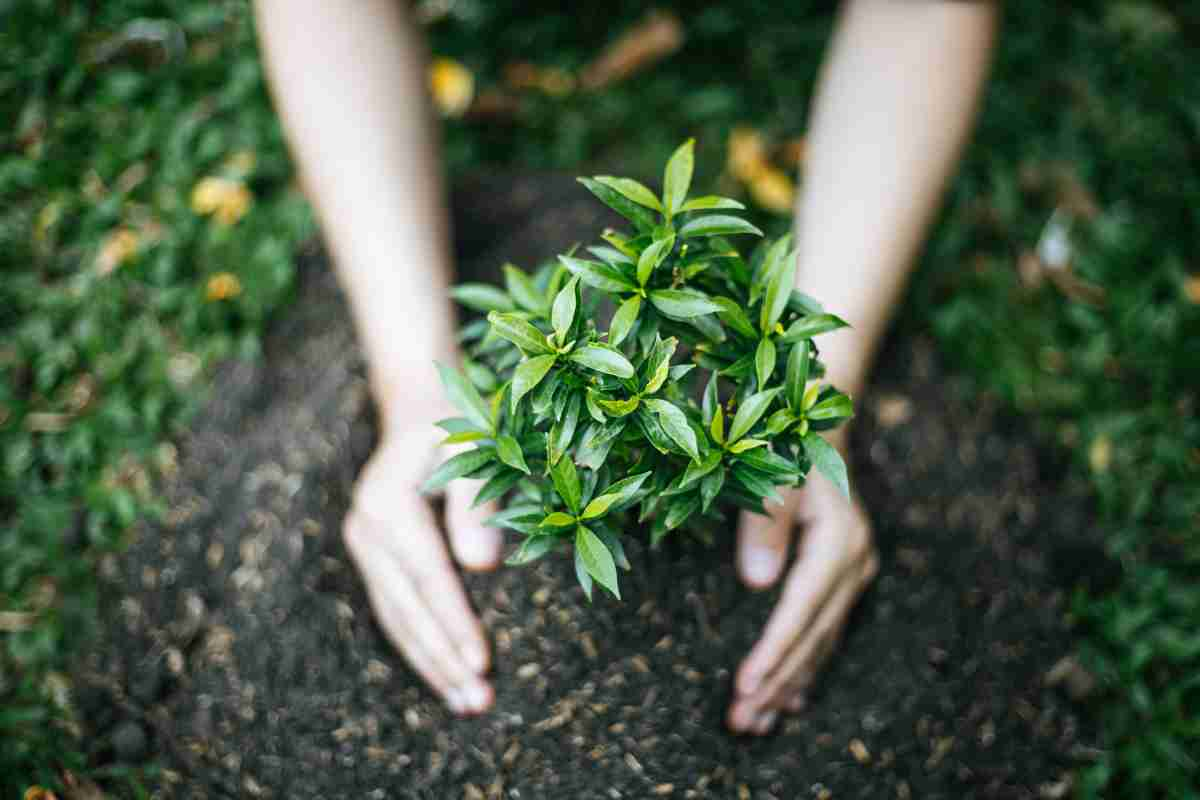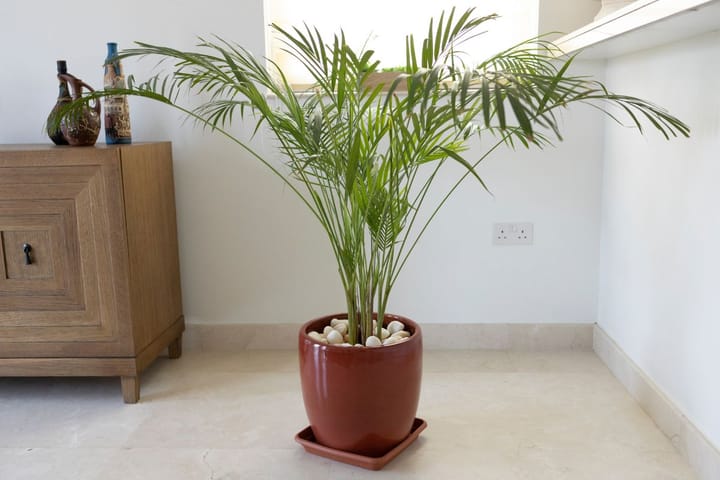5 Ways To Cultivate A Sustainable Garden
Sustainable gardening promotes eco-friendly practices. Think twice before choosing a manicured lawn or exotic plants not suited for your climate.

Sustainable gardening is a movement towards making your garden truly environmentally friendly. Traditional gardening aims to beautify and is in its essence unnatural because plants, soil, containers and a myriad other things are moved to create a garden that essentially would never exist in nature! If you think that you are doing the earth a favor by cultivating a garden, give it a little thought before you decide on a manicured lawn or a bunch of exotic flowers that absolutely do not belong in your local climatic environment.

Choose native plants for a sustainable garden
If we've made you curious and you are actually questioning your gardening practices, here's how to go sustainable in your own garden.
Go Local!
Go local like the foodies have! Just as the food enthusiasts have discovered the pleasures of locally sourced, in-season produce to encourage local businesses and protect the environment from pollutants released by the transportation of exotic food around the globe. Apply the same criteria to your garden! From the paving stones to the actual plants, aim for locally plentiful materials and native plants that flourish in your climate and geographical zone.
Recycle And Repurpose

Repurposed wooden crates in a small balcony herb garden
Give structure and form to your garden by using design to upgrade something worthless into something useful! Repurpose old doors and windows to make raised garden beds, old hollow concrete blocks to make garden containers, wooden fruit crates to make herb beds! See the endless possibilities in things that will otherwise end up in a local landfill.
Go Organic
In the true sense of the word, 'organic' is growing plants without any help or intervention from man-made chemicals. You'll be doing your health and the environment a huge favor! Did you know that when you spray your garden with a toxic chemical it stays in your immediate physical environment for weeks sometimes years, and is absorbed into your body and the earth, air, and water, polluting rivers and contaminating the atmosphere and soil.

Organically grown vegetables have no toxic residues from pesticides
Why Grass?
Admittedly a manicured lawn can look really pretty, but consider the downside; a lawn is just the floor of your garden so to say, yet in terms of time, energy and water it sometimes requires more work than your flower beds. Between regular weeding to keep it looking neat and gallons of water during the summer water shortage months, your lawn is consuming precious inputs. If you are spraying a weedkiller, you are introducing highly toxic chemicals into your immediate environment, possibly where your kids play and muck-about in the dirt.

Reduced lawn grass in this garden consumes less water
Gravel, pebbles or recycled paving are environmentally friendly and attractive alternatives to grass that will save you hours of back breaking weeding too!
Precious Water
The water that goes into keeping your garden green is sourced from local water bodies, rivers and lakes, and is pumped to your home consuming energy every step of the way. From the building of pipelines and reservoirs to merely pumping it up to your own overhead tank, the water flowing out of your tap impacts the environment significantly. Given this scenario, a sustainable garden harvests rain water not just through the installation of a rain water harvesting system but via the use of materials like gravel and paving stones with gaps to let the water seep into the soil, keeping it on site rather than go down the drain.

Pebbles and gravel let water seep into the ground just like grass
And lets not forget plants! Source and build your garden up with plants that require less water to thrive, plant trees for a natural fence and shade in a large garden. Trees will also shade your home in the summer providing natural temperature control.Sustainable gardening is easy, environmentally friendly and will save you money, time and energy in the long run with the added bonus of protecting the environment too!



Comments ()